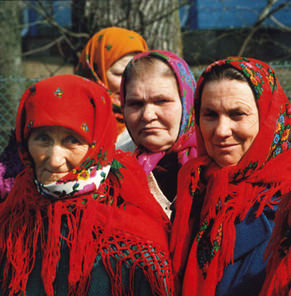Dernières publications
First European Workshop on the Ethical Dimensions of the Radiological Protection System
- Détails
- Catégorie : Rapports
- Publication : mardi 1 juillet 2014 10:30
CANTONE M.C., SCHNEIDER T. (Eds.)
AIRP/SFRP/ICRP/IRPA Joint Report, Milan, Italy, December 2013, June 2014.
Abstract
The system of radiological protection develops gradually integrating advances in knowledge about the effects of radiation, the feedback from its practical implementation in all relevant domains, as well as the evolution of the ethical and social values that shape community life in modern societies. There is a long tradition in considering such values in the development of ICRP Recommendations and there is a need to make them more explicit.
In December 2013, the Italian and French Societies of Radiation Protection in cooperation with ICRP and IRPA have organized the 1st Workshop on the Ethical Dimension of the Radiological Protection System to explore further the ethical values underlying the system of radiation protection and also to shed some light on different aspects of the practical implementation of the system that raise ethical questions and value judgments.
The workshop is structured around a number of plenary presentations, each one addressing selected issues related to ethical dimensions for different exposure situations. The plenary sessions are followed by working groups aimed to examine in detail the issues emerged during the plenary presentations and the potential implications related to the implementation of the system.
This report will present the main topics of the plenary sessions, as well as the main contents of the working groups. Workshop most important and significant conclusions will be reported together with a developed framework, concerning future steps and activities toward a continuous enhancement in the field of Ethical Dimensions of the Radiological Protection System.
The main topics of the plenary sessions, as well as the main contents of the working groups. Workshop most important and significant conclusions will be reported together with a developed framework, concerning future steps and activities toward a continuous enhancement in the field of Ethical Dimensions of the Radiological Protection System
Download report

 Le Centre d’étude sur l’Évaluation de la Protection dans le domaine Nucléaire (CEPN) est une association à but non lucratif, fondée en 1976, pour évaluer la protection de l’Homme contre les dangers des rayonnements ionisants, sous ses aspects techniques, sanitaires, économiques et sociaux.
Le Centre d’étude sur l’Évaluation de la Protection dans le domaine Nucléaire (CEPN) est une association à but non lucratif, fondée en 1976, pour évaluer la protection de l’Homme contre les dangers des rayonnements ionisants, sous ses aspects techniques, sanitaires, économiques et sociaux.
